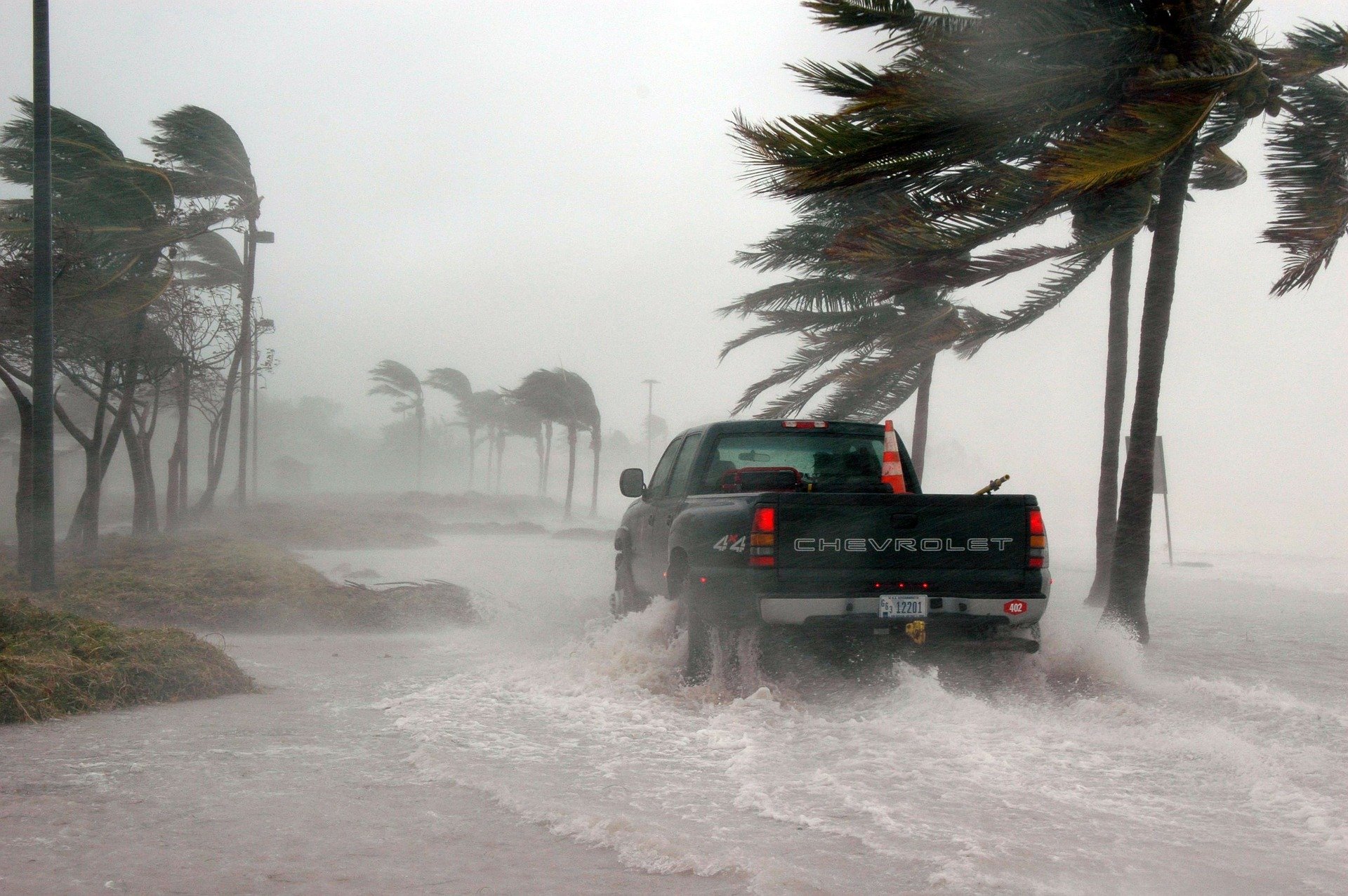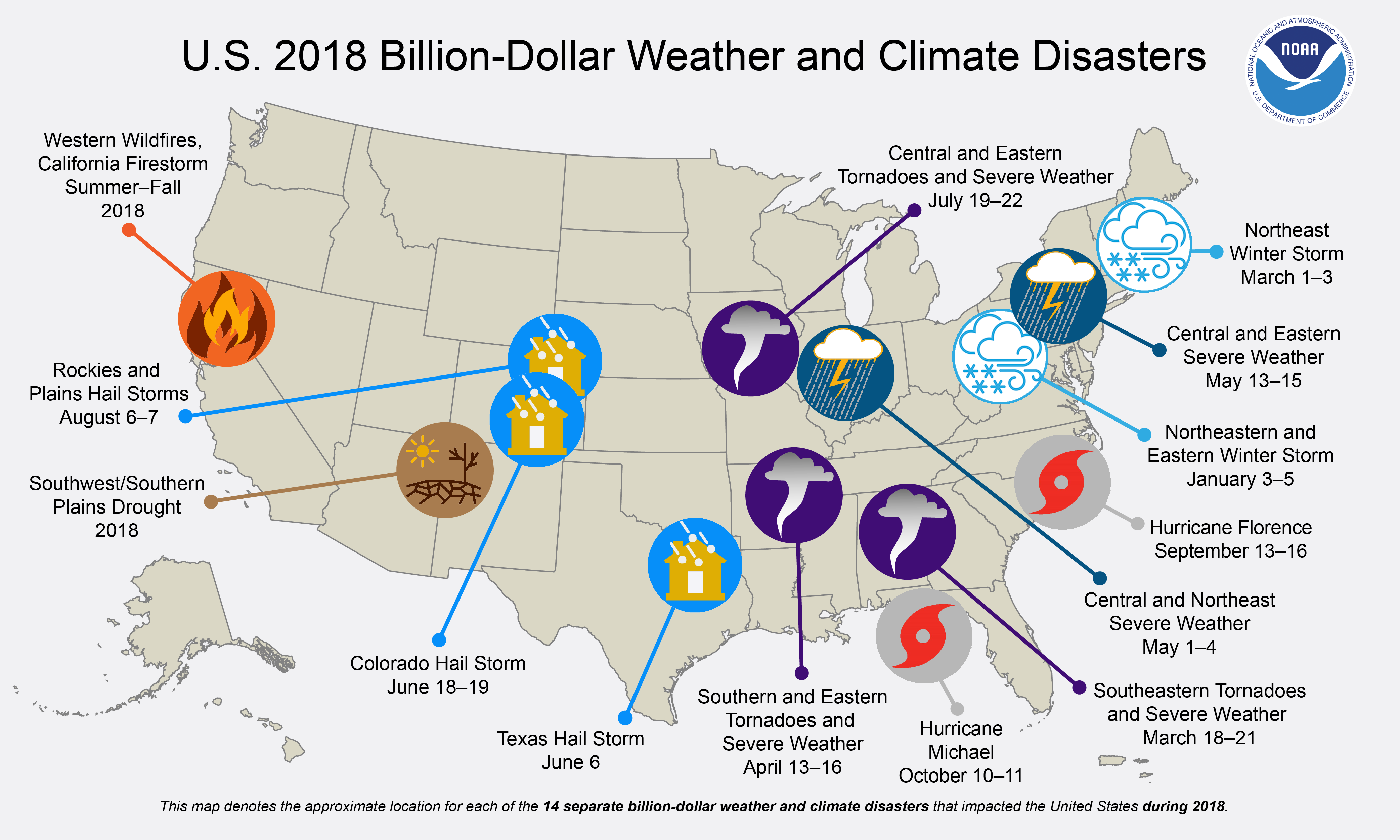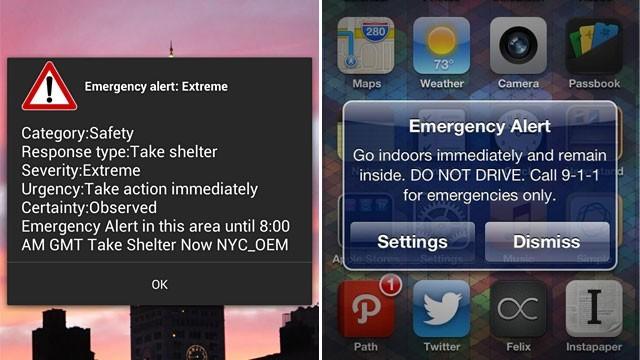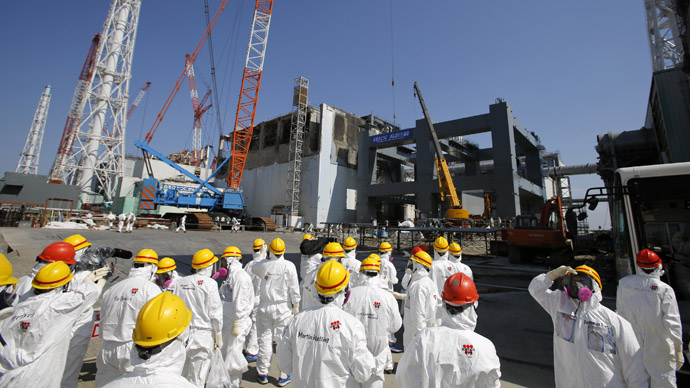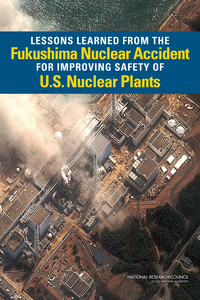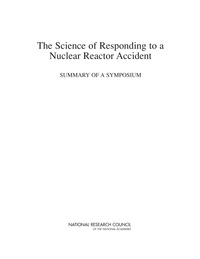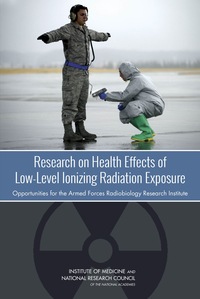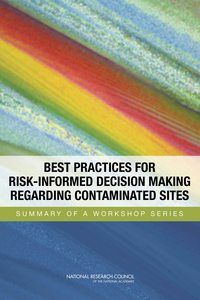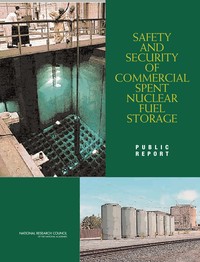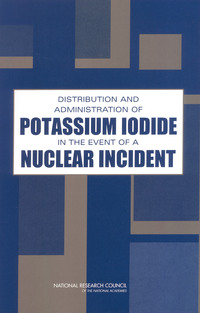
According to the National Oceanic and Atmospheric Administration, in 2020 the U.S. experienced a record-smashing 22 weather and climate disasters that killed at least 262 people and injured scores more. Damages from these disasters exceeded $1 billion each and totaled approximately $95 billion for all 22 events. How can we best prepare for, respond to, and recover from disasters? Our titles explore impacts of natural disasters and ways to promote resiliency for future disaster events. All are free to download.

Evidence-Based Practice for Public Health Emergency Preparedness and Response
When communities face complex public health emergencies, state local, tribal, and territorial public health agencies must make difficult decisions regarding how to effectively respond. The public health emergency preparedness and response (PHEPR) system, with its multifaceted mission to prevent, protect against, quickly respond to, and recover …[more]

Resilient supply chains are crucial to maintaining the consistent delivery of goods and services to the American people. The modern economy has made supply chains more interconnected than ever, while also expanding both their range and fragility. In the third quarter of 2017, Hurricanes Harvey, Irma and Maria revealed some significant …[more]

California and other wildfire-prone western states have experienced a substantial increase in the number and intensity of wildfires in recent years. Wildlands and climate experts expect these trends to continue and quite likely to worsen in coming years. Wildfires and other disasters can be particularly devastating for vulnerable communities. …[more]

A Framework for Assessing Mortality and Morbidity After Large-Scale Disasters
In the wake of a large-scale disaster, from the initial devastation through the long tail of recovery, protecting the health and well-being of the affected individuals and communities is paramount. Accurate and timely information about mortality and significant morbidity related to the disaster are the cornerstone of the efforts of the disaster …[more]

Emergency Alert and Warning Systems: Current Knowledge and Future Research Directions
Following a series of natural disasters, including Hurricane Katrina, that revealed shortcomings in the nation’s ability to effectively alert populations at risk, Congress passed the Warning, Alert, and Response Network (WARN) Act in 2006. Today, new technologies such as smart phones and social media platforms offer new ways to communicate …[more]

The academic biomedical research community is a hub of employment, economic productivity, and scientific progress. Academic research institutions are drivers of economic development in their local and state economies and, by extension, the national economy. Beyond the economic input that the academic biomedical research community both receives …[more]

In the devastation that follows a major disaster, there is a need for multiple sectors to unite and devote new resources to support the rebuilding of infrastructure, the provision of health and social services, the restoration of care delivery systems, and other critical recovery needs. In some cases, billions of dollars from public, private …[more]

TRB’s National Cooperative Highway Research Program (NCHRP) Report 750: Strategic Issues Facing Transportation, Volume 2: Climate Change, Extreme Weather Events, and the Highway System: Practitioner’s Guide and Research Report provides guidance on adaptation strategies to the likely impacts of climate change through 2050 in the planning, …[more]

Integrating Social and Behavioral Sciences Within the Weather Enterprise
Our ability to observe and forecast severe weather events has improved markedly over the past few decades. Forecasts of snow and ice storms, hurricanes and storm surge, extreme heat, and other severe weather events are made with greater accuracy, geographic specificity, and lead time to allow people and communities to take appropriate …[more]

Disaster Resilience: A National Imperative
No person or place is immune from disasters or disaster-related losses. Infectious disease outbreaks, acts of terrorism, social unrest, or financial disasters in addition to natural hazards can all lead to large-scale consequences for the nation and its communities. Communities and the nation thus face difficult fiscal, social, cultural, and …[more]
